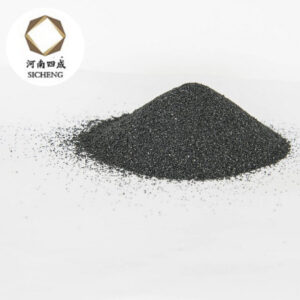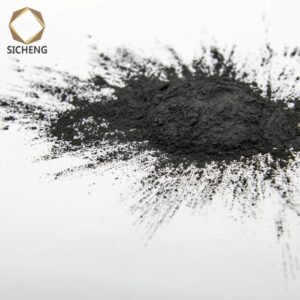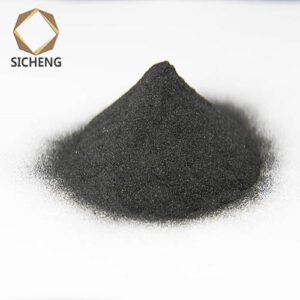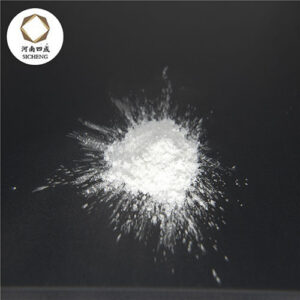Brown fused alumina, also known as corundum, is obtained by reduction in a high-temperature electric furnace. The main raw material is bauxite, and then other auxiliary materials such as anthracite and iron filings are added. The main component of the finished brown fused alumina is alumina, with a content ranging from 75% to 95%, and a small amount of other components, namely Fe, Si, Ti, etc.
Regarding the physical properties of brown fused alumina, the main introduction is its density. Generally speaking, we know one density, but brown fused alumina has two: one is the bulk density, and the other is the bulk density. So what are these two? What is the difference?
Bulk density of brown fused alumina:
The bulk density of brown fused alumina is 1.53~1.99g/cm3.
Bulk density is the mass of matter packed into a container without anything being excluded. Therefore, the packing density of brown corundum is related to many factors, such as the particle size, particle size composition, variety, particle shape, etc. of the abrasive. The bulk density is high.
Particle density of brown corundum:
The particle density of brown corundum is 3.95~4.0g/cm3.
Particle density is also called true density, which is the density we usually understand, that is, the mass of matter per unit volume in a dense state (that is, the volume excluding pores). At this time, the finer the abrasive particle size, the more accurate the measured particle density value.





